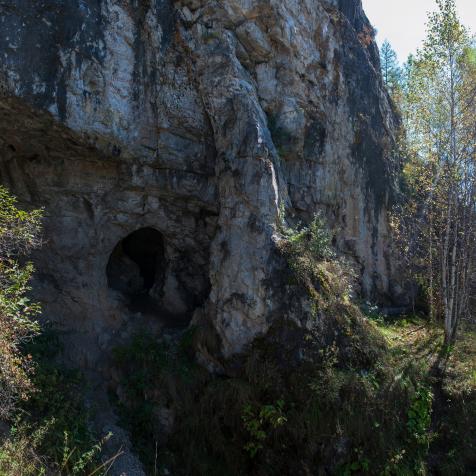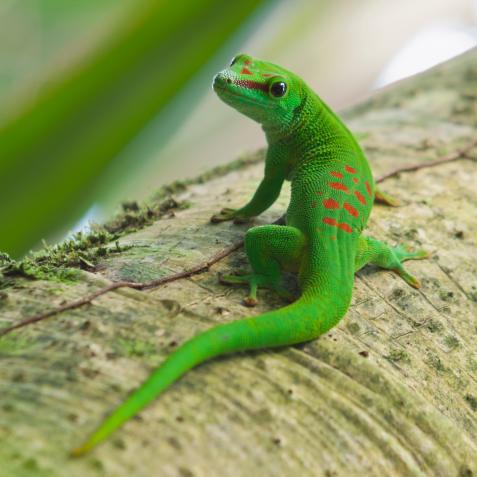
by wildestanimal
How a Whale Song is Helping Scientists Map the Seafloor
The echoes of fin whale vocalizations are so powerful they can penetrate volcanic rock and sediment on the ocean floor. Scientists are using these seismic waves to learn more about the deep sea.
The ocean covers more than 70% of Earth’s surface, yet around 80% of the ocean remains unexplored. To put it simply, we know very little about most of the ocean.
Seafloor mapping is the first step to uncovering the mysteries of the deep. Sea floor maps increase the scope, efficiency, and pace of deep-sea exploration, keeping scientists and boats from “flying blind.”
A vital part of exploring the seafloor is mapping the density of the ocean crust. But probing the ocean’s crust requires a significant wave source. The most common method for determining crustal structure is also controversial — firing seismic air guns from ships. While this method is effective, it is potentially harmful to marine life and not easy to use.
Enter the fin whale.

by wildestanimal
Fin whales are the second largest species of whales on the planet, second only to the blue whale. Found in the offshore waters of every major ocean, these endangered animals can reach a lifespan of about 90 years.
The song of the fin whale is one of the loudest in the animal kingdom, and is detectable over great distances. Their low-frequency calls generate more than 185 decibels underwater, on par with a large ship.
Part of the energy of this powerful song transmits into the ground as a seismic wave. The wave travels through the oceanic crust where it reflects and refracts off layers in the crustal interface.
Ocean-bottom seismometers off the coast of Oregon picked up on the seismic waves of these fin whale calls. Researchers Kuna and John Nábelek, from Oregon State University, analyzed six whale songs. Using these signals, the team was able to map the thickness of sediment and rock on the ocean floor.
While fin whale songs are never going to replace seismic air guns entirely, they do provide a free and natural alternative for scientists looking to explore the ocean floor.

by wildestanimal
Sperm whale clicks can reach as high as 235dB.
(In contrast, a loud rock concert is about 115dB and the sound of a jet engine taking off is about 140dB.)
In the future, scientists think broader-frequency vocalizations, like those of sperm whales, may produce higher-resolution imaging.
The researchers write, "our study demonstrates that animal vocalizations are useful not only for studying the animals themselves but also for investigating the environment that they inhabit.”


















